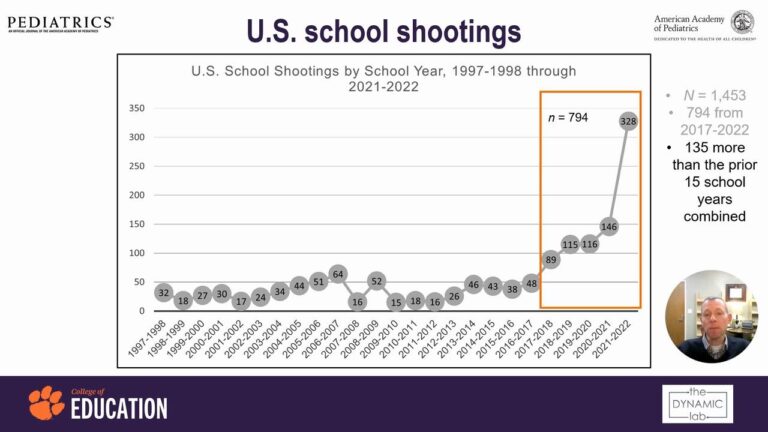Tracing the Struggles and Prospects in U.S. Gun Violence Reform
Decades of Legislative Stalemate and Political Impasse
Efforts to implement effective gun control legislation in the United States have repeatedly encountered significant obstacles over the years. Despite numerous tragic mass shootings that have thrust the issue into the national consciousness, deep political divisions and powerful lobbying groups have consistently hindered the passage of robust reforms. Congressional factions remain polarized, with entrenched viewpoints on both sides making bipartisan compromise elusive. This persistent deadlock has created an environment where even modest policy changes face uphill battles.
- 1994 Federal Assault Weapons Ban: Enacted but allowed to lapse in 2004 without renewal.
- 2013 Senate Background Check Expansion: Failed to pass despite widespread public approval.
- 2019 Bipartisan Gun Control Negotiations: Talks broke down over disagreements on universal background checks.
| Year | Legislative Initiative | Result |
|---|---|---|
| 1994 | Assault Weapons Ban | Passed; expired in 2004 |
| 2013 | Expanded Background Checks | Rejected in Senate |
| 2019 | Bipartisan Gun Reform Talks | Negotiations failed |
The influence of advocacy groups such as the National Rifle Association (NRA) and ideological divides-particularly between urban and rural representatives-have amplified legislative gridlock. These factors have prevented the establishment of comprehensive federal policies that address the underlying causes of gun violence, despite growing public demand for action.
Defining Moments of Public Mobilization and National Awareness
Several tragic events have served as catalysts for national debate and advocacy, spotlighting the urgent need for gun reform. The 1999 Columbine High School massacre was a watershed moment that intensified calls for enhanced background checks and mental health interventions. Over a decade later, the 2012 Sandy Hook Elementary School shooting reignited fierce discussions around assault weapons bans, sparking large-scale protests and legislative proposals.
More recent tragedies, including the 2016 Pulse nightclub shooting and the 2018 Parkland school shooting, galvanized unprecedented youth-led activism and widespread public demonstrations. These movements challenged the effectiveness of existing laws and demanded sweeping reforms. However, despite the surge in public engagement, political stalemates have often stalled meaningful legislative progress.
| Event | Year | Public Response |
|---|---|---|
| Columbine High School Shooting | 1999 | Increased advocacy for gun safety reforms |
| Sandy Hook Elementary Shooting | 2012 | Mass protests and renewed assault weapons debate |
| Pulse Nightclub Shooting | 2016 | Calls for comprehensive gun legislation intensified |
| Parkland Shooting | 2018 | Youth-led protests and social media campaigns |
Examining Policy Gaps and Lost Chances for Reform
Despite numerous legislative attempts, critical deficiencies remain in the U.S. approach to reducing gun violence. Fragmented policies frequently enough overlook key risk factors such as mental health support, loopholes in background checks, and inconsistent enforcement. Such as, while background checks have been expanded, they still do not universally cover private sales or gun shows, enabling prohibited individuals to acquire firearms with relative ease. Additionally, states with stricter gun laws frequently face challenges from interstate trafficking originating in regions with more lenient regulations.
Several pivotal moments when political will and public consensus aligned were ultimately undermined by partisan conflicts and lobbying influence. Notable missed opportunities include:
- Closing the “boyfriend loophole” to restrict firearm access for domestic abusers
- Implementing truly universal background checks without exemptions
- Securing sustained funding for community violence intervention initiatives
| Year | Policy Proposal | Result |
|---|---|---|
| 2013 | Manchin-Toomey Background Check Bill | Failed Senate vote |
| 2018 | Fix NICS Advancement Act | Limited enhancements |
| 2021 | Expansion of Domestic Abuse Gun Ban | Stalled in Congress |
Strategic Recommendations to Disrupt the Cycle of Gun Violence
Effectively addressing gun violence in America requires a comprehensive strategy that extends beyond legislation. Experts advocate for increased investment in community-based violence prevention programs that engage directly with vulnerable populations. These programs emphasize conflict resolution, mental health services, and economic opportunities to tackle the root causes of violence in marginalized communities. Enhanced collaboration and data sharing between law enforcement and public health agencies are also vital for identifying trends and preventing future incidents.
Policy priorities should include:
- Universal background checks that close existing loopholes in private sales and gun shows
- Mandatory safe storage regulations to reduce accidental shootings and unauthorized firearm access
- Expansion of red flag laws with appropriate due process safeguards to temporarily remove firearms from individuals deemed a threat
| Recommendation | Anticipated Impact |
|---|---|
| Community Investment | Decrease in retaliatory violence |
| Universal Background Checks | Reduction in illegal gun circulation |
| Safe Storage Laws | Fewer accidental firearm injuries |
| Red Flag Legislation | Prevention of imminent harm incidents |
Conclusion: Learning from the Past to Shape Future Solutions
The persistent failure to enact comprehensive gun violence reforms in the United States reflects a complex interplay of political, social, and cultural factors. Despite repeated tragedies and widespread public demand for change, legislative efforts have been thwarted by partisan divisions and lobbying pressures.Understanding this history of setbacks is essential for crafting innovative strategies that can bridge entrenched differences and foster meaningful progress. As the nation continues to confront the devastating human toll of gun violence, renewed commitment to collaborative, evidence-based solutions offers the best hope for breaking the cycle.




